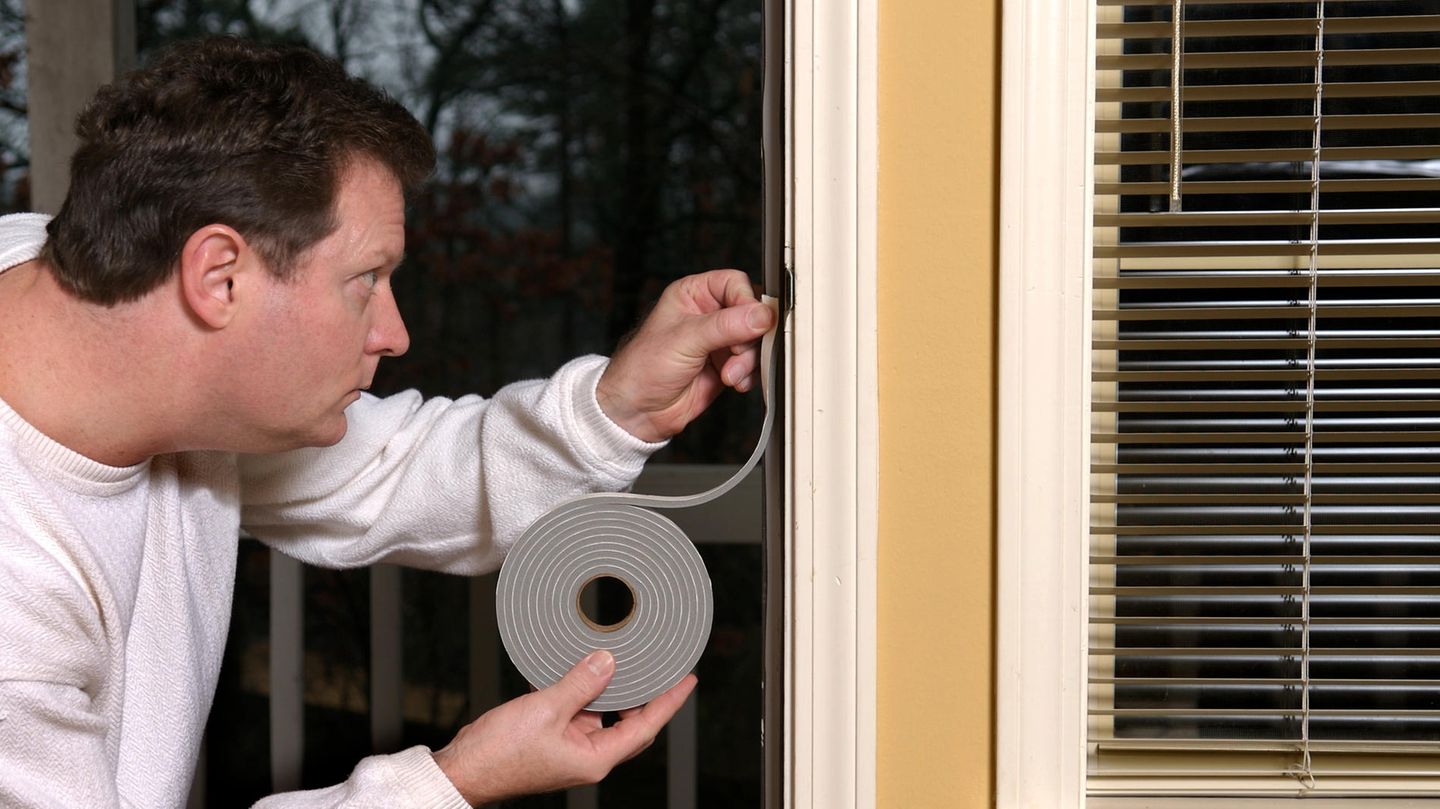Products to personalize cars are an attractive business: from decals and air fresheners to colored tapes. However, few imagined that some simple balls for antennasdecorated with ingenious designs, would conquer millions of drivers and they would transform its creator into a multimillionaire businessman.
The protagonist of this story is Jason Wall, who saw an opportunity where no one else did. With his ingenuity and vision, he turned an almost ridiculous item into a commercial phenomenon that set a trend in automotive customization.
balls for cars.webp
The balls for car antennas showed that even the craziest idea can find its place in the market. and make its creator earn millions
How Antenna Balls originated
In 1997, Jason Wall, an American with an eye for business, saw a commercial for the fast food chain Jack In The Box who gave away small balls for antennas along with their hamburgers. The ad reported that they had distributed more than three million of these curious accessories, which lit a spark in Wall’s mind: could this be an independent business?
Wasting no time, Wall began designing his own versions of these antenna balls. He bet on eye-catching and fun designs: smiling faces, pool balls, and themed figures like cowboys with hats. He manufactured the first batches and distributed them to service stations and some stores, captivating drivers with his striking and unique concept.
Success did not take long to come. In just one year, Wall achieved sales of $1.15 million, and in 1999, its balls were already distributed in national chains likeo AutoZone, Circle K and Wal-Mart. In addition, it closed licensing agreements with giants such as Universal Studiosfurther expanding its reach. By 2006, your company In-Concept Inc. produced more than 500,000 units per monthconsolidating it as a leader in this very peculiar market.
In total, Wall sold more than four million balls, turning an eccentric idea into a gold mine. His fortune grew by leaps and bounds, and his ability to recognize a niche positioned him as an example of business creativity and innovation.
Antenna Balls copyright issues
As in any success story, the road was not without setbacks. In 1999, the company Coolballs.com sued Wall and his company for alleged copyright infringement and unfair competition. This legal conflict tested the strength of the business and threatened to slow the meteoric rise of the companies. Antenna Balls.
However, Wall knew how to weather the storm. In 2006, after reaching an agreement with HappyBalls.com, a competitor in the online market, both companies joined forces. This alliance not only put an end to legal disputes, but also consolidated one of the largest antenna ball manufacturing and distribution companies in the United States. USA.
With this strategy, Wall demonstrated that even the most complex problems can be transformed into opportunities for growth. His story is a reminder that business success depends not only on having a good idea, but also on the ability to adapt and overcome adversity.
The lesson behind Antenna Balls? An idea that seems absurd can be successful if executed with vision, perseverance and skill. This was demonstrated by Jason Wall, who, against all odds, turned antenna balls into a million-dollar phenomenon and an inspiration for entrepreneurs around the world.
Source: Ambito
I am an author and journalist who has worked in the entertainment industry for over a decade. I currently work as a news editor at a major news website, and my focus is on covering the latest trends in entertainment. I also write occasional pieces for other outlets, and have authored two books about the entertainment industry.




